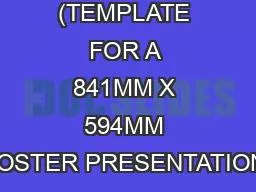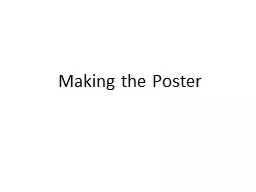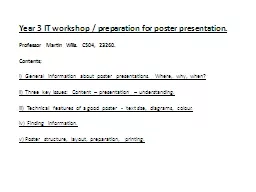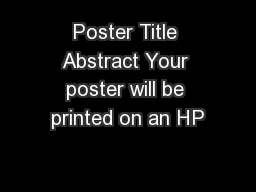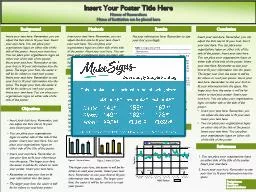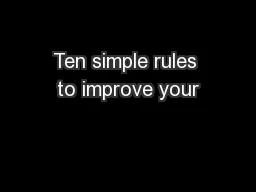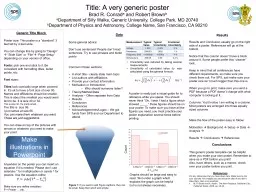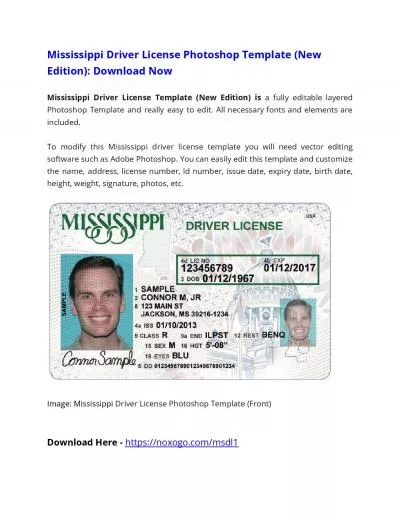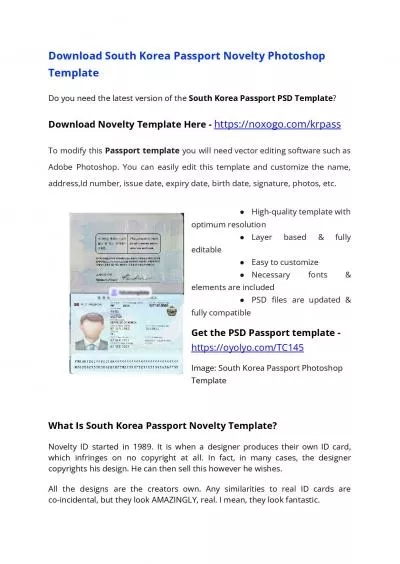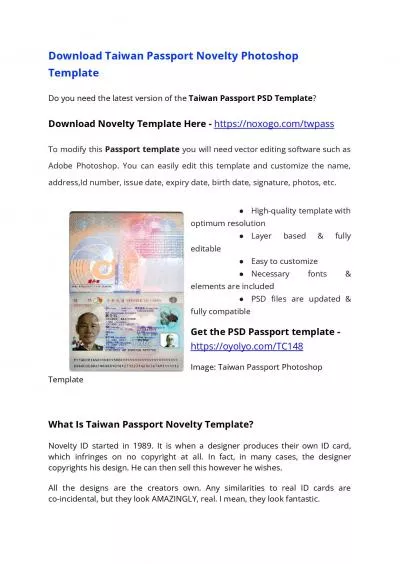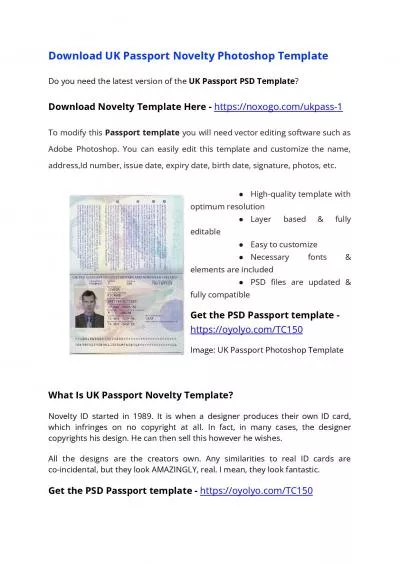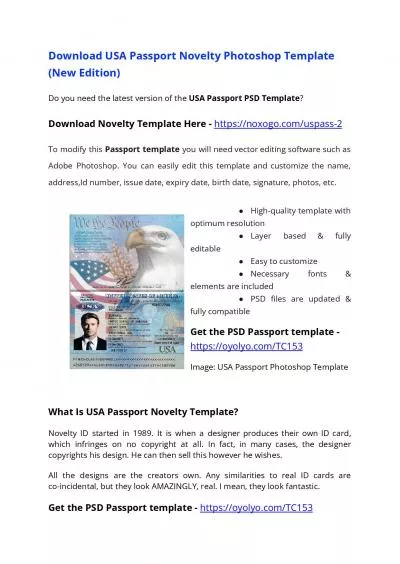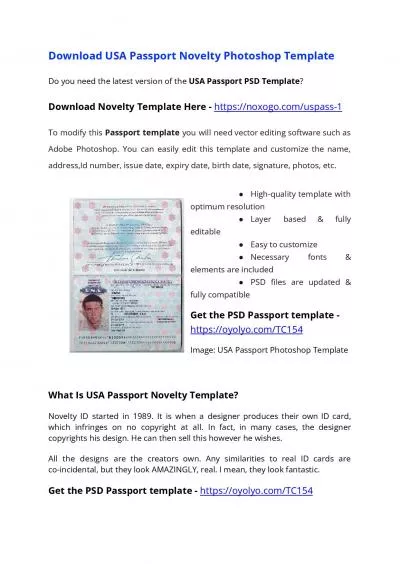PPT-PAPER TITLE (TEMPLATE FOR A 841MM X 594MM POSTER PRESENTATION)
Author : ginocrossed | Published Date : 2020-08-03
The names of the authors The affiliation names go here Poster Basics Sections ex 1 INTRODUCTION This template was designed to produce a 841mm x 594mm A1 size
Presentation Embed Code
Download Presentation
Download Presentation The PPT/PDF document "PAPER TITLE (TEMPLATE FOR A 841MM X 594M..." is the property of its rightful owner. Permission is granted to download and print the materials on this website for personal, non-commercial use only, and to display it on your personal computer provided you do not modify the materials and that you retain all copyright notices contained in the materials. By downloading content from our website, you accept the terms of this agreement.
PAPER TITLE (TEMPLATE FOR A 841MM X 594MM POSTER PRESENTATION): Transcript
Download Rules Of Document
"PAPER TITLE (TEMPLATE FOR A 841MM X 594MM POSTER PRESENTATION)"The content belongs to its owner. You may download and print it for personal use, without modification, and keep all copyright notices. By downloading, you agree to these terms.
Related Documents

